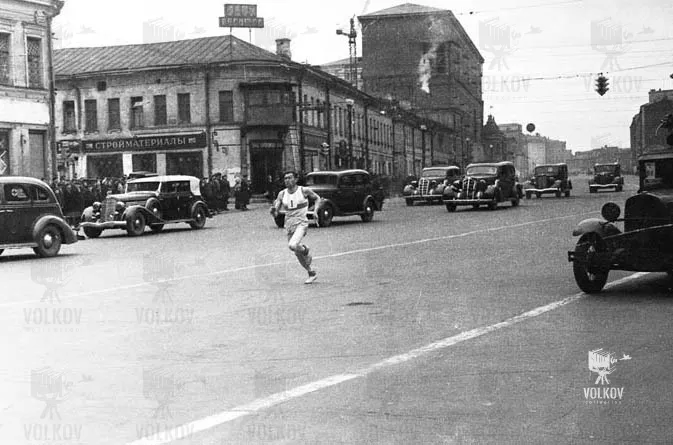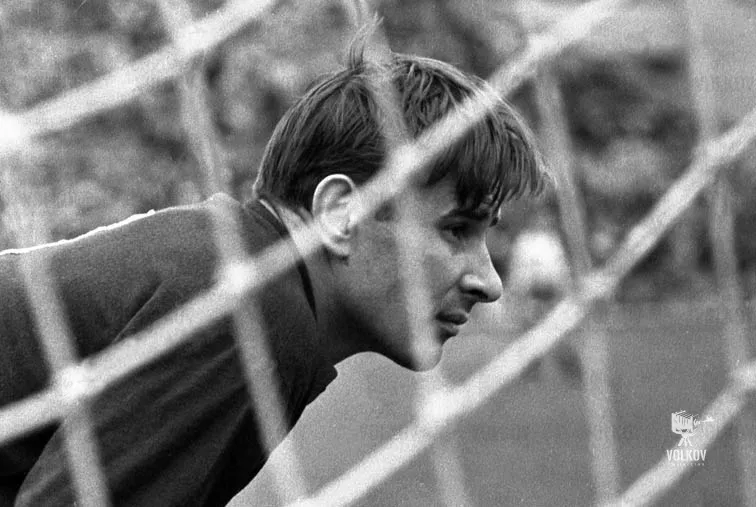Technology description
Plasticisation or photopanel
Technology
There are several modern technologies for printing photos on glass or under glass. The most popular and current method today is plasticization. In essence, plasticization is a finishing operation, i.e., it gives your images a stylish finished look, transforming photos into interior and decor objects.
This process creates sort of a 3-layer sandwich with an image printed photo paper in the middle, on the front side of the photo is melted into an acrylic glass, and at the rear it is covered with aluminium composite material. Thus, the effect of placing a photo in the glass is achieved.


Advantages
- The technology completely removes air and moisture from the sandwich thus the completed work has no internal reflections. The photo acquires volume and depth, the colours become brighter and more saturated, the photo looks spectacular.
- The photo prints live decades longer. According to the Diasec technology developers, plasticised photos become almost eternal.
- The use of specific glue turns the sandwich into a monolith. Photo emulsion has no contact with air or moisture. The acrylic glass is completely protected from exposure to ultraviolet light. The plasticised image does not fade or deform.
- Such photos do not require fillets or complex suspension systems.
- Plasticised glass panels have high aesthetic qualities.
Premium gallery canvas
Technology
Due to the dense fabric base, the front surface has a pronounced texture. On the front side a layer of highly white moisture-resistant undercoat. The images printed on this material are very similar to real paintings.
Printing photos on canvas will be an excellent gift suitable for decorating modern or classical interior, as well as offices, and cafes. The technology of printing on canvas will help turn photos into design objects or works of art.


Advantages
- A natural dense cotton canvas covered with a polymer undercoat ensures that the colourants lie evenly and stick the surface.
- It has a smoother texture and weaving compared to a linen canvas which makes it more suitable for printing photos and graphics.
- Gallery stretching. The image on the stretcher sides may be a continuation of the main plot or mirror the outer areas of the main surface.
Classic framing
Technology
Frames for paintings, graphic and photographic works are made of fillet. Fillets are smooth or profiled plank of various configurations. The most popular ones today are wooden fillets, plastic fillets, and aluminum fillets.
Wooden fillet
The most recognized, classic material for a fillet is wood. There are many styles and variations of the decoration for wooden fillets. A wooden frame can easily turn a photograph, replication or painting into a work of art. Wooden fillets are used in art salons, exhibition halls, and in decoration of refined interiors. Wooden fillets are typically made of ayous or pine. Premium fillets are made of African ayous.
Advantages
- A wooden fillet frame is a timeless interior element that will fit in any room.
- Functionality. A high-quality wooden fillet is very durable.
- Eco-friendly. Natural wood is the most environmentally friendly material. It is the most suitable material for decorating residential areas.
- The surface of the wood is pleasant to the touch.
Aluminium fillet
Aluminium fillets are used for posters, photos, graphics which allows one to place them in any interior from classical to modern. Aluminium fillets ensure the strength of the frame and lightness of the object and it is suitable for outdoor use.
Advantages
- The main advantage of the aluminium profile is the strength which implies can be used multiple times.
- The fittings are designed to be easy to assemble multiple times.
- Aluminium fillets are indispensable for exhibitions. It is used for gouaches, watercolors, graphics, posters, billboards, and office plaques.
- Universal. Applicable in residential and industrial premises as well as outside.


Passe-partout
Technology
A passe-partout is the background between the frame
and the work that highlights the image and its virtues. It is made of thick
cardboard, most often in neutral shades.
Advantages
- Protective function. It is the ability of a cardboard to protect an image from the destructive effects of the environment. It also prevents glass from touching work which is important for sensitive surfaces.
- The passe-partout attracts attention to the image by creating a line around it. There is “air” between the frame and the image allowing one to concentrate on the picture and not the frame.
- A passe-partout and a frame can increase the size of the works.
- A passe-partout gives the work a finished, aesthetic look.



1940

1946

1963
















1945

1957

















1940

1945

1946

1957

1963































Would you like to print a photo of non-standard size? Contact us at info@volkov-collection.net and we will get back to you shortly.
*All photographs are printed and processed at the …
Thank you for contacting us!
The administrator will contact you shortly.
